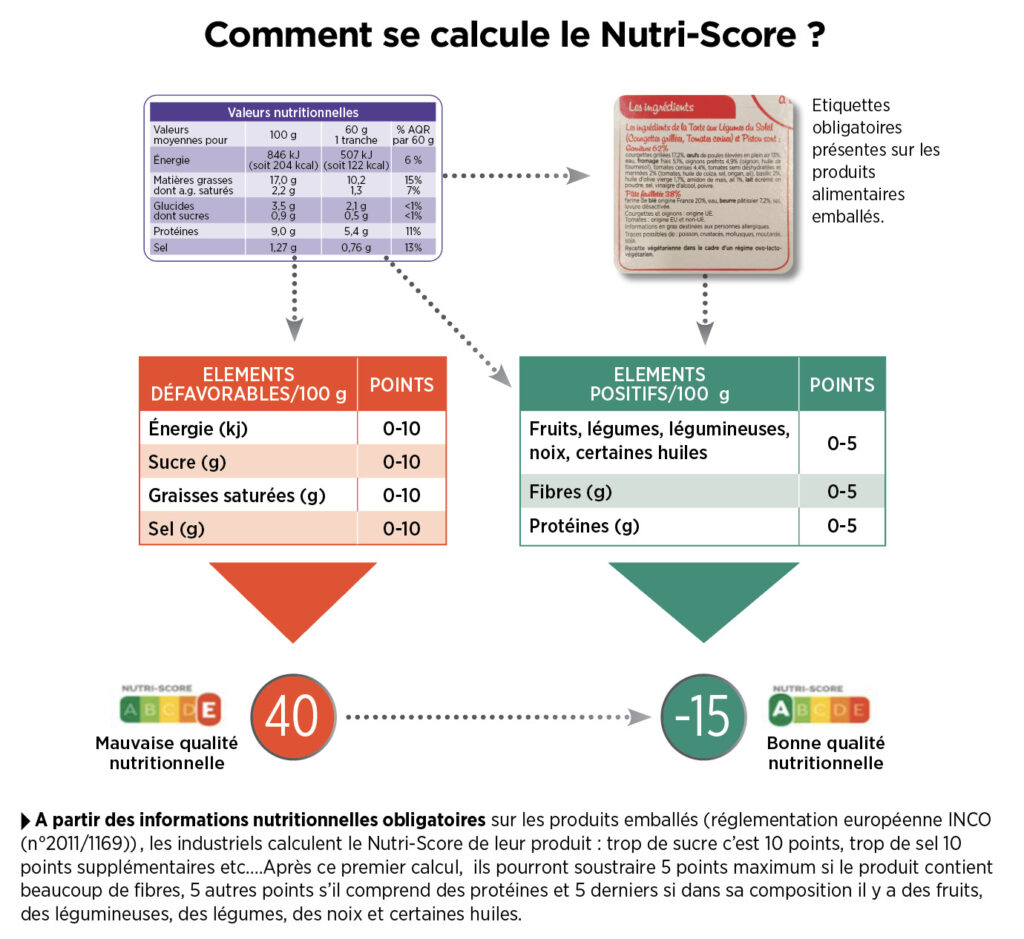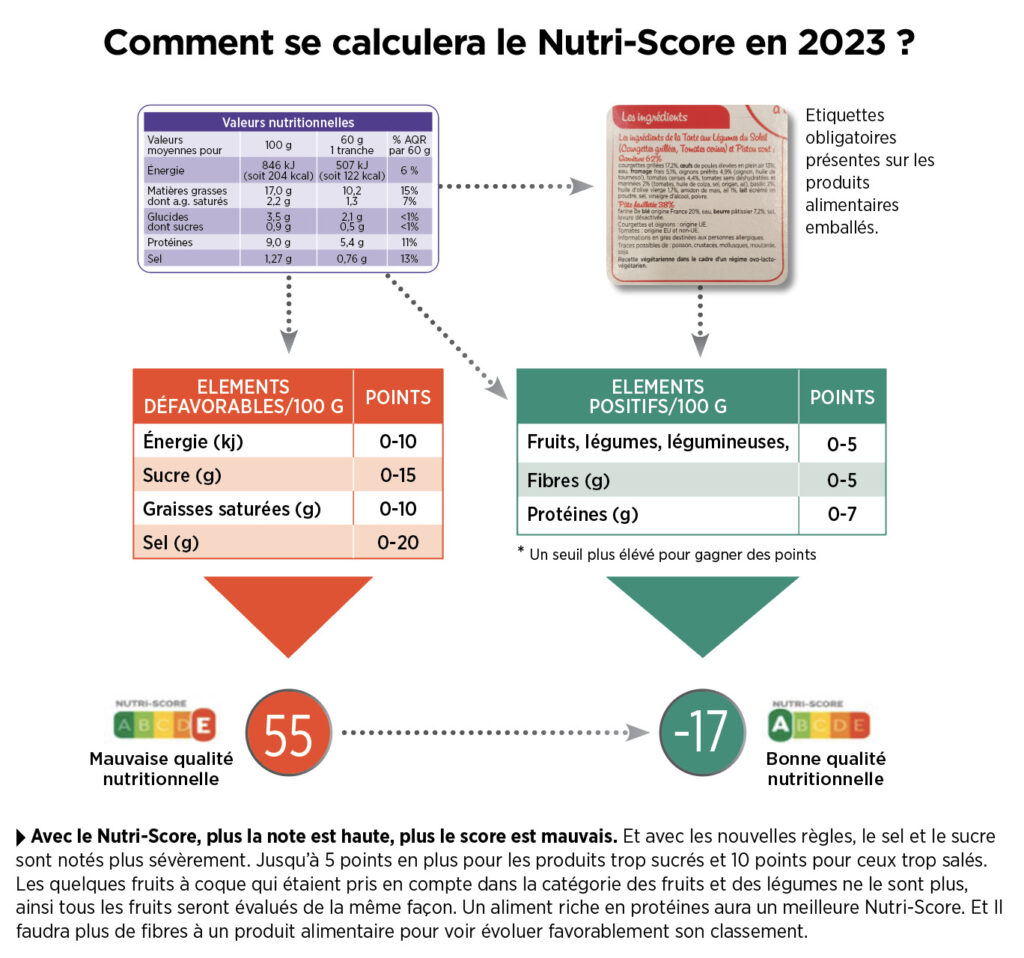The Nutri-score is evolving: the new calculation rules will come into force at the end of this year. From then on, food manufacturers will have two years to adapt the Nutri-score of their products. To ensure this transition, Keendoo makes it possible to calculate and compare the two versions of the Nutri-score.
Since its launch in 2017, the success of the Nutri-score is clear to see. According to Oquali's tracking, in France, 989 companies are affixing the Nutri-score to their 2022 products. It concerns 58% of the market share for processed products, and 64% for private label products. As far as consumers are concerned, 93% consider it a useful way of finding out about the nutritional quality of products. In the space of six years, it has been extended to other countries: Belgium, Spain, the Netherlands, Luxembourg, Germany and Switzerland.
Keendoo calculates and compares the two versions of the Nutri-score: 2017 versus 2023
Since 2017, Keendoo has automatically calculated the Nutri-score of products based on their recipe. Now, the software also integrates the new Nutri-score calculation rules. If these new rules come into force at the end of the year, brands will have two years to deploy the new Nutri-score on their products. During this transition period, manufacturers will be able to choose which version to display.
With the formulation module of the Keendoo PLM suite, manufacturers can now compare the two versions of the Nutri-score, calculated according to the 2017 and 2023 calculation rules. This comparison enables R&D teams to identify products for which the new Nutri-score is less favorable, and rework recipes with a view to improving them.
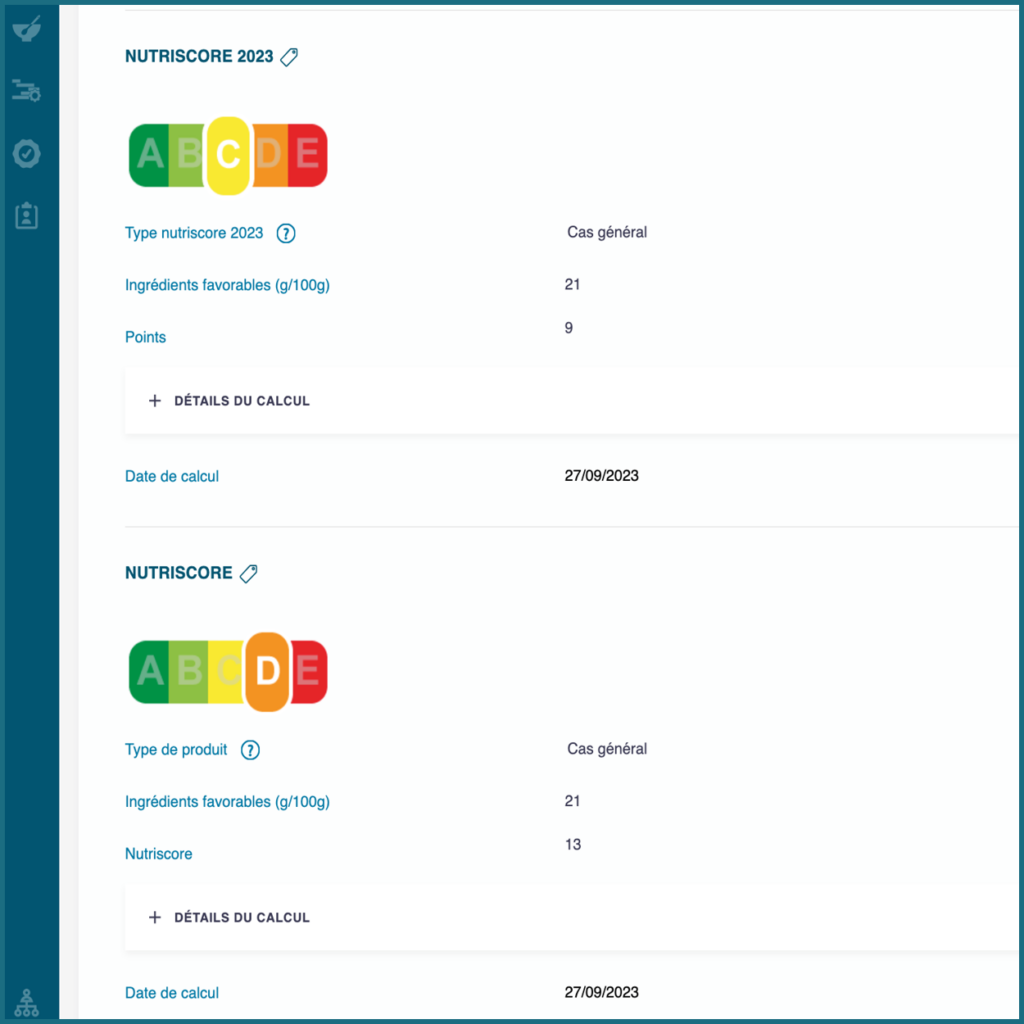
Nutri-score 2023 versus 2017: what's new?
After six years of existence, the revision of the algorithm aims to reinforce the effectiveness of the Nutri-score. On the other, it classifies food and beverages in line with the main dietary recommendations of European countries.
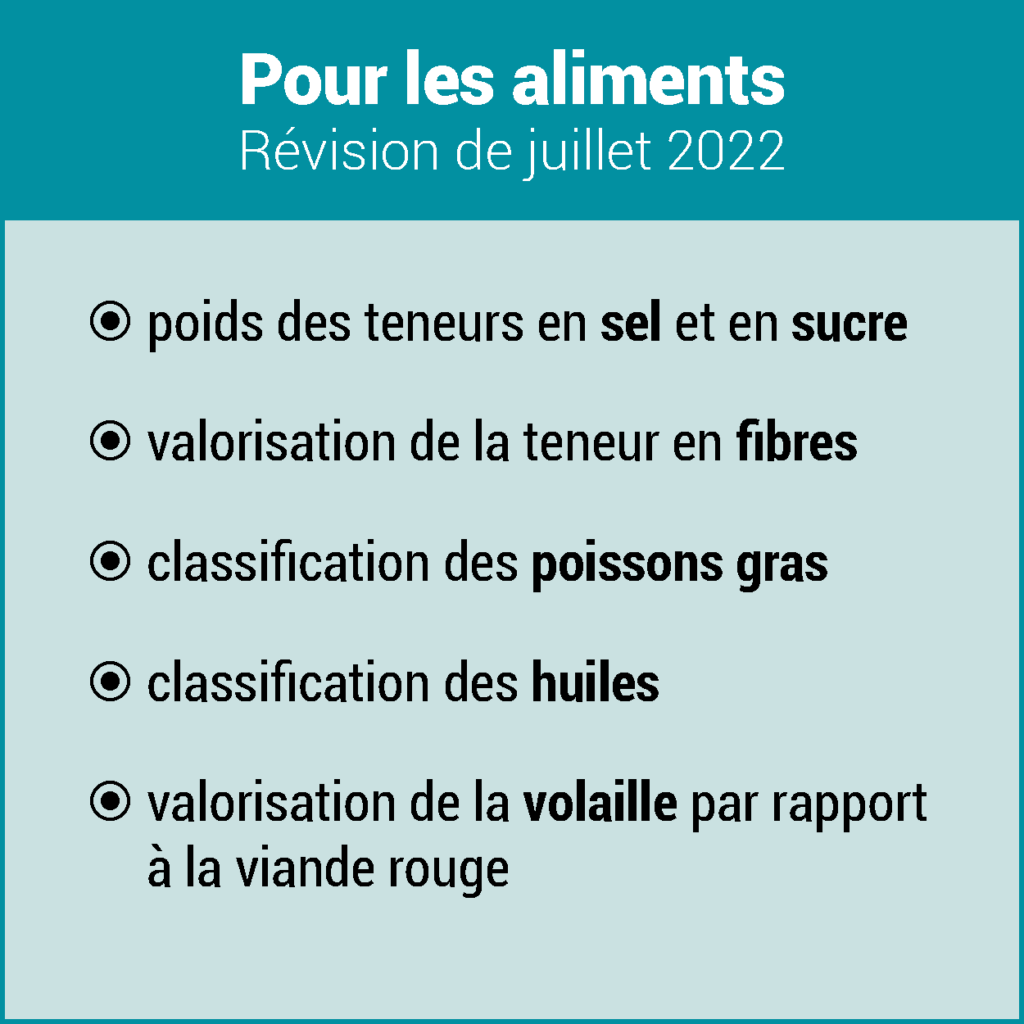
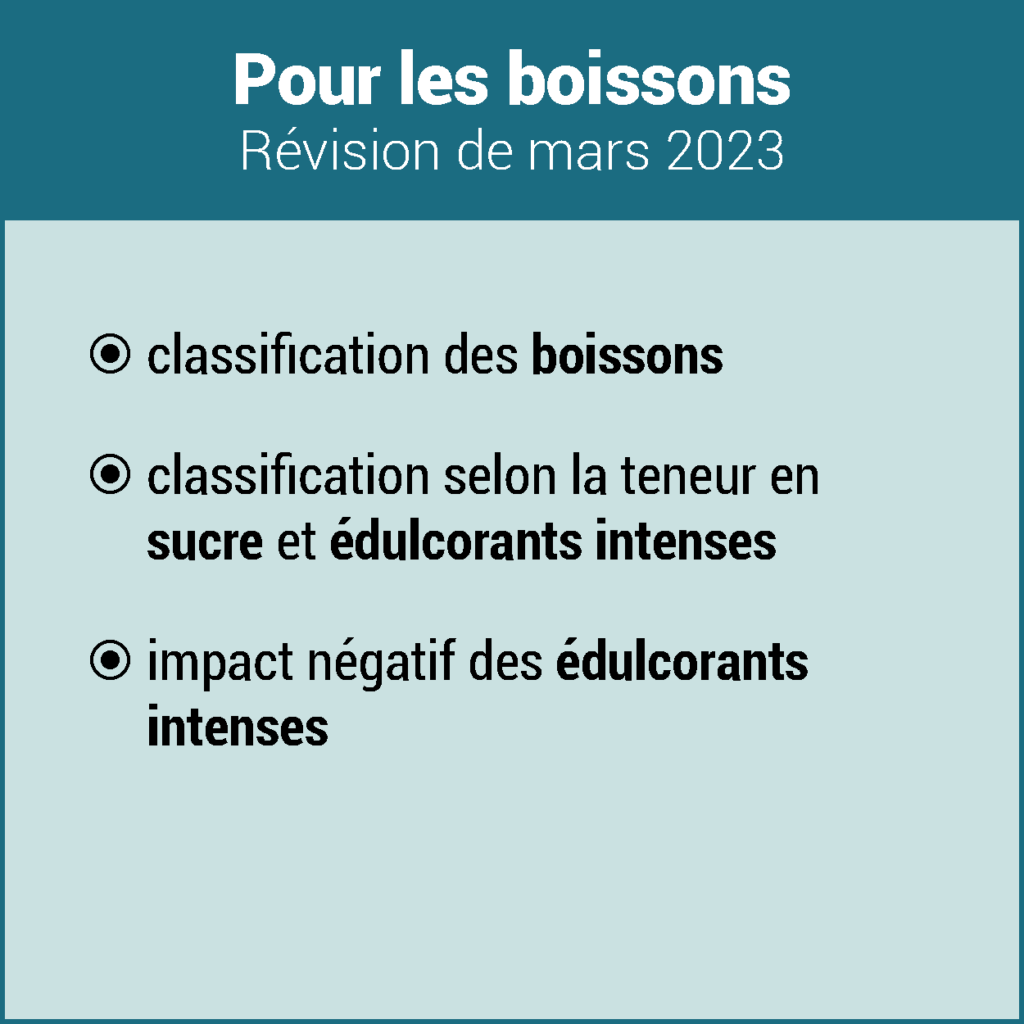
For foods, here is a comparison of the rules for calculating the Nutri-score version 2017 vs 2023, published in the journal Science & Avenir:
